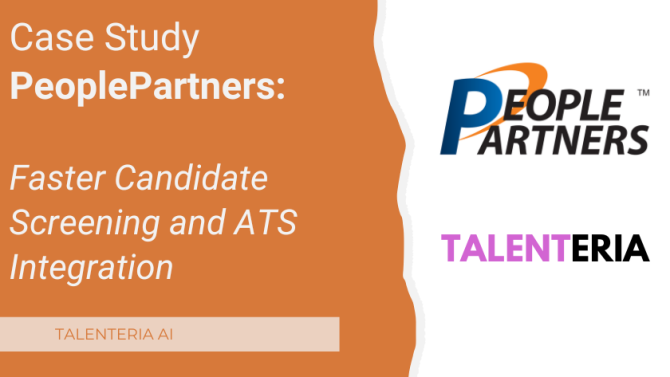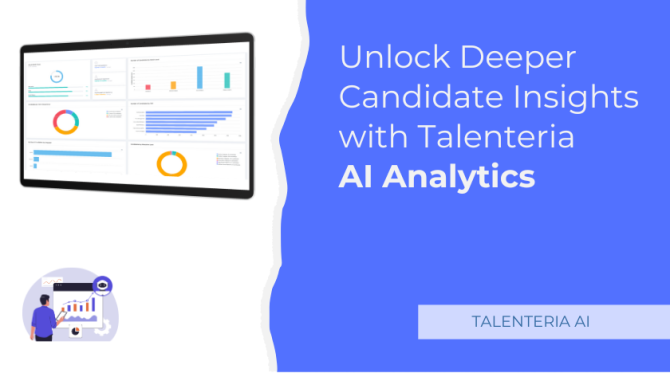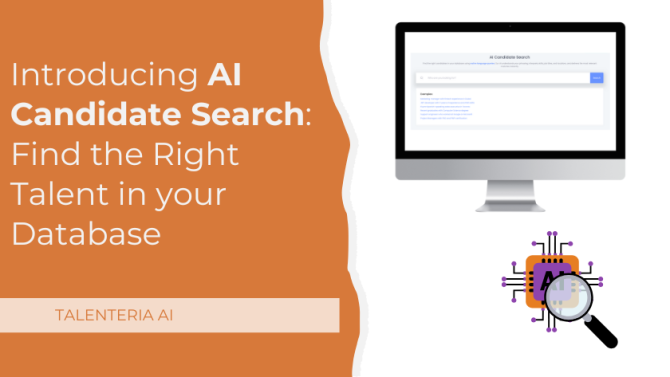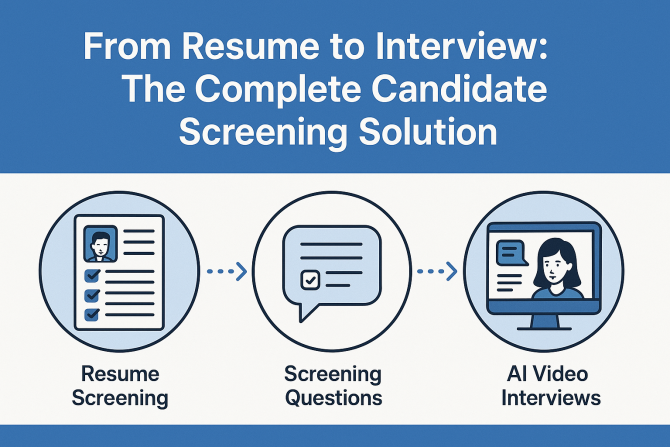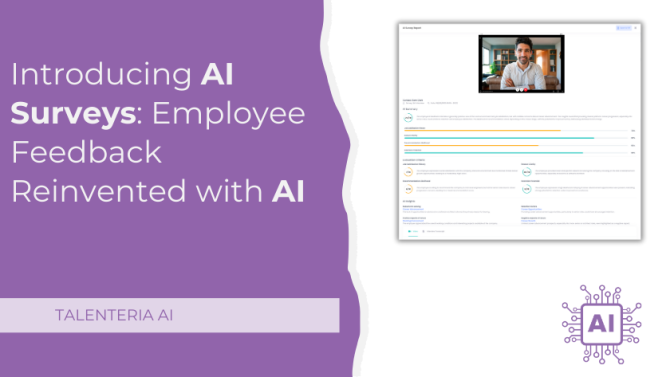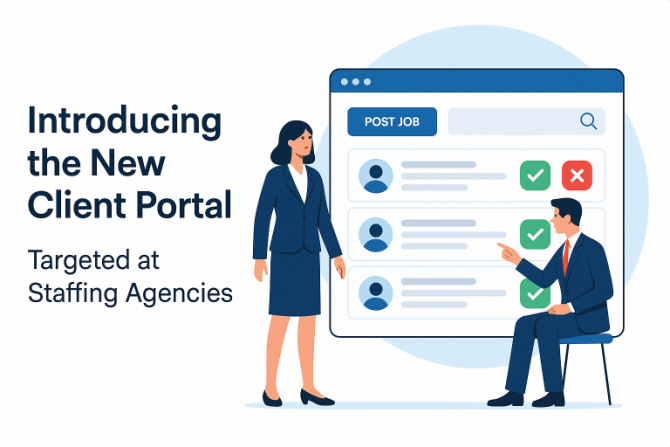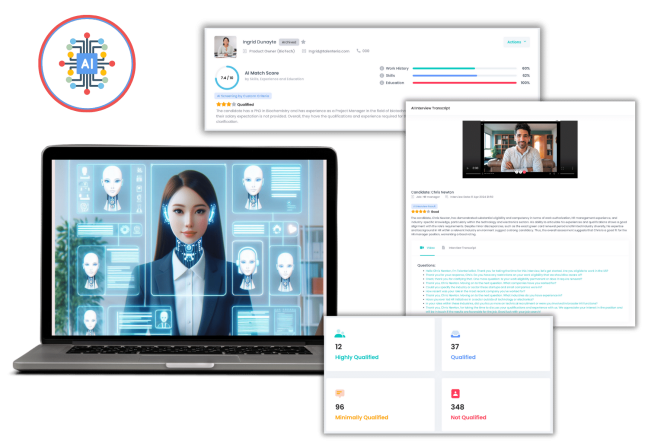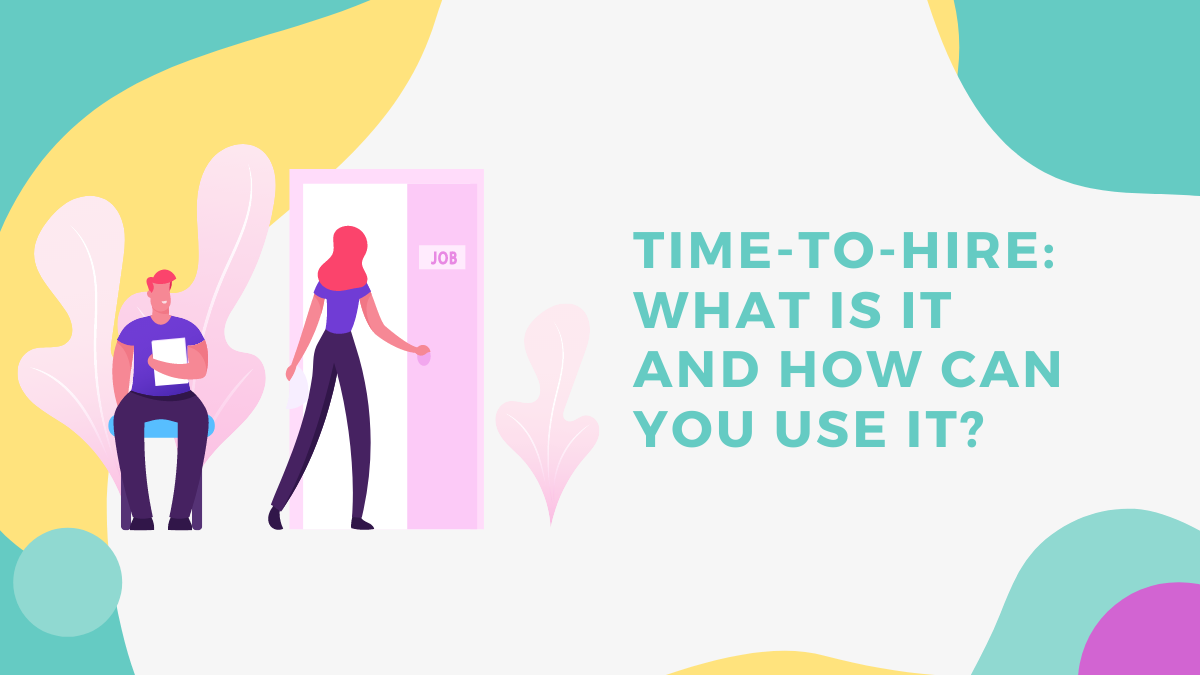
Keeping a position empty for a long time can harm your company. Finding the right person to fill a vacant role is HR’s job. Keep reading to learn about time-to-hire and how you can use it.
What Is Time-to-Hire?
Human resources departments look at three key metrics when they’re recruiting or hiring new employees. One of them is the time-to-hire metric, which refers to the time it takes a job candidate to accept the employment offer. The other two metrics are cost-per-hire and quality-of-hire.
It’s the measurement HR departments use to gather data about their recruitment system or methods. Time-to-hire measures the time it takes a company to select and hire a top candidate. You can also use it to measure how long it takes the HR department to fill an open job position.
Differences Between Time-to-Hire and Time-to-Fill
It’s easy to confuse the differences between time-to-hire and time-to-fill. The difference is that they each have a different starting point. Time-to-hire counts the days from when a candidate applies or gets sourced to when they get hired.
Time-to-fill starts counting from the date that the company publishes that they have a job opening. It may also start when the hiring request from HR gets submitted for approval. Others count from the date when the hiring or recruitment request gets approved.
How to Calculate Time-to-Hire
The time-to-hire formula is simple. The first thing to know is the date the job candidate entered the pipeline. Consider this as Day 1, and then you start counting the days until the date the candidate accepts the job offer.
In short, the equation for time-to-hire looks something like this:
Day the candidate accepted the offer - Day the candidate entered the pipeline = Time-to-hire
How to Calculate the Average Time-to-Hire
As part of the HR department, you need to know the average time to hire a candidate; you can get that average by using a simple formula. To provide a better understanding of it, we’ll use an example.
Let’s say you had two job openings and want to get their average time-to-hire. First, add the time-to-hire for both positions. Next, divide them by the number of job openings, which is two for this example.
Change the variables of the equation as needed. If you had three job openings, add the time-to-hire of the third job opening. Then, divide the sum by three. You can also use the average time-to-hire for different periods, departments, locations, and others.
What Is the Average Time-to-Hire?
Several factors will influence your average time-to-hire, which include:
- Industry
- Company
- Location
- Function
The average time-to-hire is different for each industry and company. For example, in the construction industry, the average time-to-hire is 12.7 days. Meanwhile, the average time-to-hire in health services is 49 days.
The location will also affect the average time-to-hire. For example, it may take fewer days for you to hire a new employee in central business districts compared to rural areas. In education, the US has an average time-to-hire of 30 days, but only 24 days in other parts of the world.
The last aspect is the function or the nature of the job. Positions that require specializations have a longer average time-to-hire than less specialized jobs. For example, an accountant position has a 21-day average time-to-hire. In logistics or supply chain industries, the average time-to-hire takes only seven days.
Why Is It Important to Measure Time-to-Hire?
Learning your department’s time-to-hire can tell you a lot of things. You can use the metric to assess how efficient your selection process is. If it takes longer than the average time-to-hire, then you likely need to change a few things in your recruitment process.
The company suffers more the longer a position remains vacant. Its projects could slow down because the team is short-handed. A long-term job vacancy can also put more stress on the rest of the employees because they have to compensate for the missing member.
The stress can lower morale and drive away hardworking employees. They’ll start asking themselves why they should continue working there when they can find better workplaces. Stressed employees and slow-moving projects can result in productivity and financial losses.
Don’t forget that a long hiring period is expensive. You can avoid these pitfalls when you evaluate your hiring process by looking at your time-to-hire metrics.
How to Improve Time-to-Hire
Does it take your department too long to find the right person for an open position in the company? Here are a few methods to speed up your average time-to-hire.
An excellent first step is to collect data, and we’re not talking about your average time-to-hire only. Look for specific data, like how long it takes for a candidate to move up the selection process. It also helps to learn the ratio of good to poor applications you get for an opening.
Next, consider using recruitment platforms, services, or software. These solutions offer excellent features, like:
- Automated interview scheduling
- Email notifications
- Data analytics
- Automated resume parsing and screening
The problem may lie in a disorganized hiring process. If this is the case, you need to create a structured hiring method. Start by writing down the steps of the hiring process or mapping it out on a chart.
Sometimes, the issue isn’t in your hiring process but a bad user experience on your site. A slow or crowded careers page might be driving potential hires away. Remember, your website or pages create a lasting impression on the visitors.
To solve this problem, improve your careers page. Find out what interested applicants want to see and place them clearly on the webpage. This information usually includes:
- Job vacancy
- Job description and responsibilities
- Perks and benefits
Last but not least, fast-track your sourcing phase. Consider using referrals, internal talent auditing, or using talent databases. You could also use social media to find people in the same industry that would be a good fit for the open position. You could also raise awareness of the job openings and build your employer brand simultaneously with programmatic advertising.
Improve Your Time-to-Hire With Talenteria
Reduce your average time-to-hire today - with Talenteria. We offer the premier recruitment marketing platform and next-gen career site builder. Improve your recruitment process with features like candidate sourcing, applicant tracking, talent pool management, analytics, and more. Reach out for a demo!
